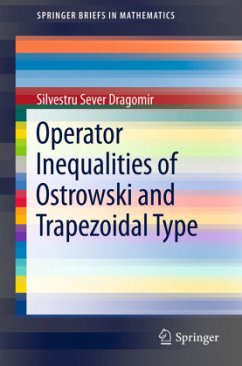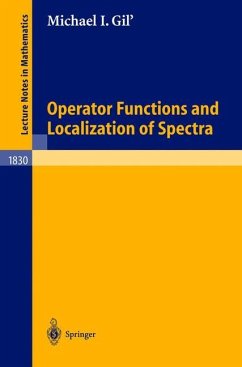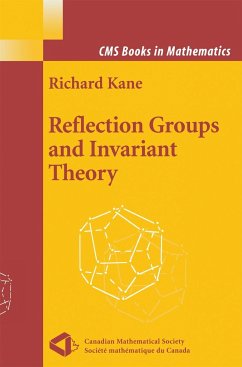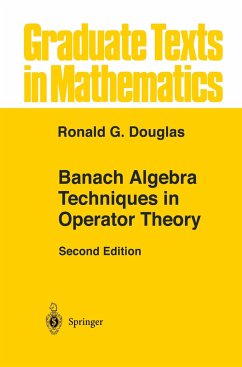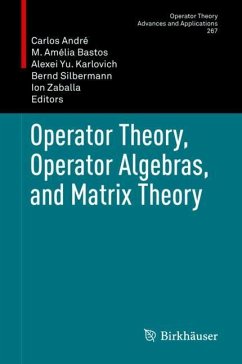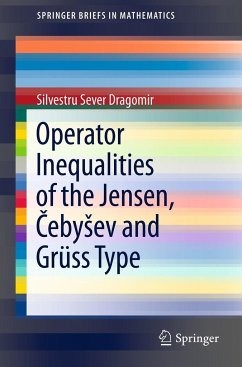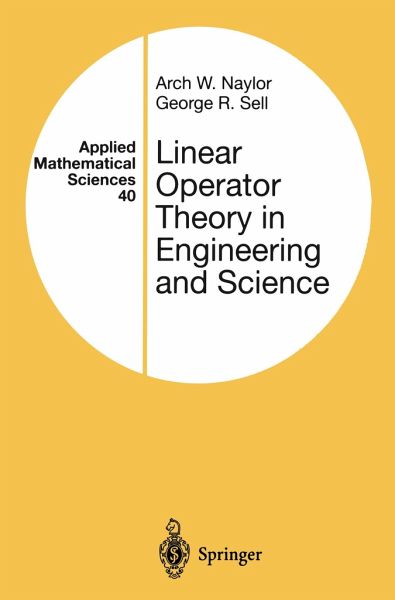
Linear Operator Theory in Engineering and Science
Versandkostenfrei!
Versandfertig in 1-2 Wochen
115,99 €
inkl. MwSt.

PAYBACK Punkte
58 °P sammeln!
This book is a unique introduction to the theory of linear operators on Hilbert space. The authors' goal is to present the basic facts of functional analysis in a form suitable for engineers, scientists, and applied mathematicians. Although the Definition-Theorem-Proof format of mathematics is used, careful attention is given to motivation of the material covered and many illustrative examples are presented. First published in 1971, Linear Operator in Engineering and Sciences has since proved to be a popular and very useful textbook.





